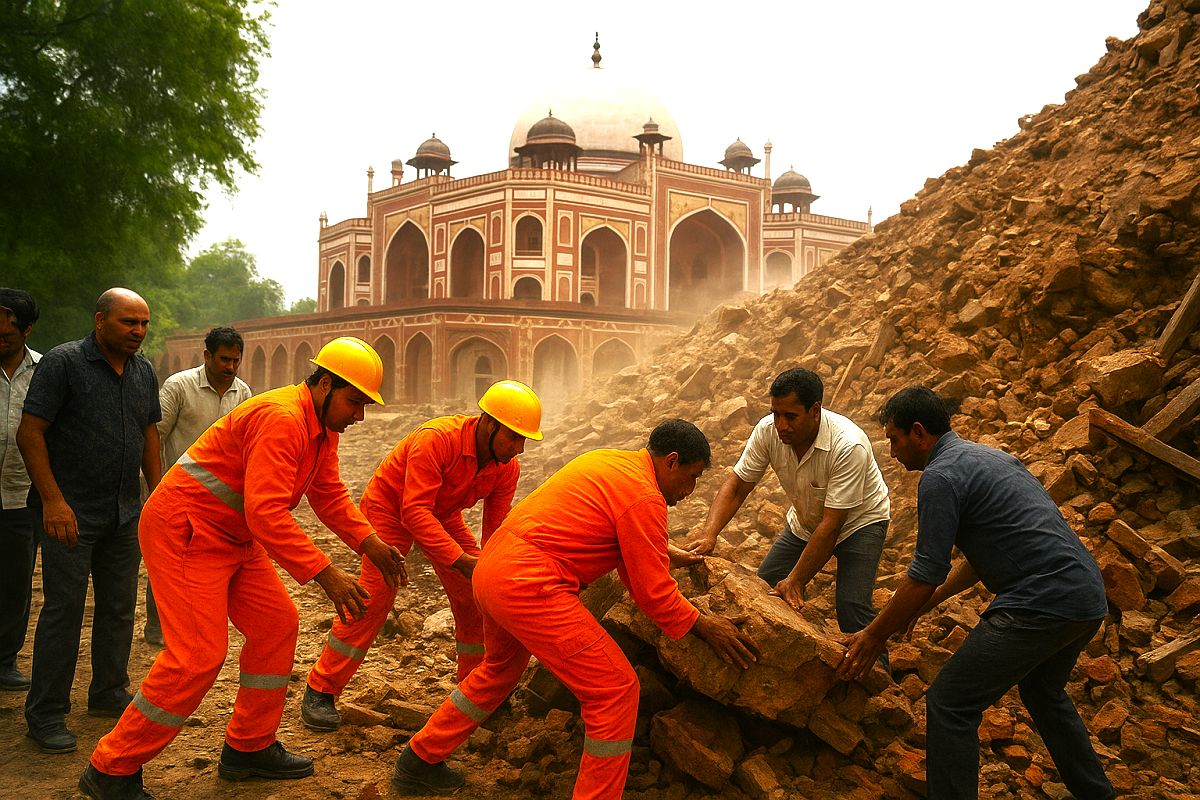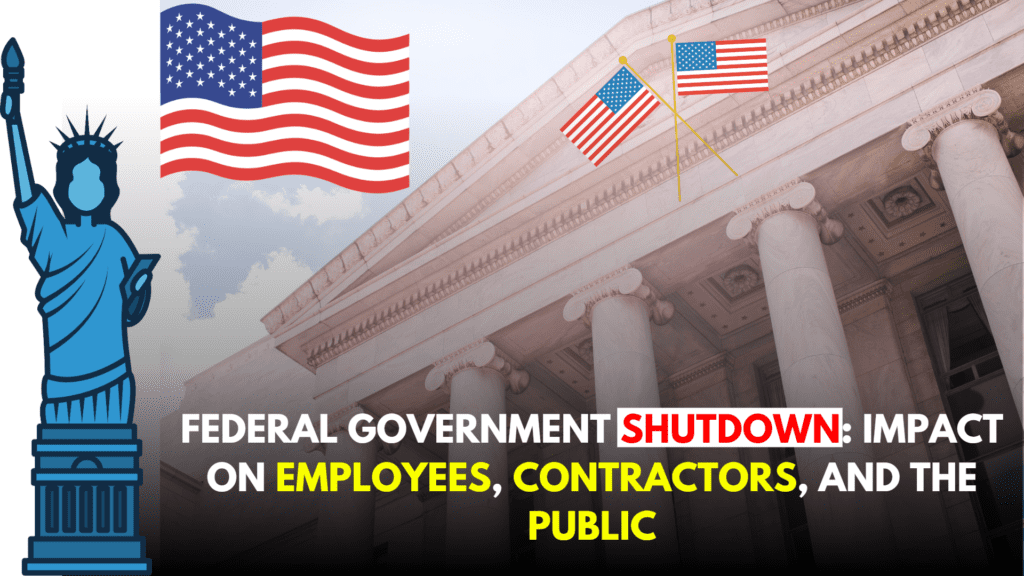On the morning of August 15, 2025, a tragic Delhi wall collapse near Humayun’s Tomb claimed the lives of six people and left five others seriously injured. The incident occurred when a section of an old boundary wall near the historic monument suddenly gave way, trapping laborers and passersby beneath the debris. Authorities and rescue teams rushed to the scene, but the collapse highlighted ongoing concerns about urban infrastructure and safety in densely populated areas.
Timeline of the Incident
- 8:45 AM, August 15, 2025 – Witnesses reported hearing a loud cracking sound before the wall came crashing down near the Nizamuddin area, adjacent to Humayun’s Tomb.
- 8:50 AM – Local residents and shopkeepers were the first to respond, attempting to pull people out with bare hands.
- 9:00 AM – The Delhi Fire Service and Disaster Management team arrived, deploying heavy equipment to clear the rubble.
- 9:30 AM – Six bodies were recovered and five severely injured individuals were rushed to nearby hospitals.
- 11:00 AM – Delhi Police cordoned off the area for safety checks and to investigate the structural weakness of the wall.
Eyewitness Accounts
Eyewitnesses described the collapse as sudden and devastating. A nearby shopkeeper said, “The wall had visible cracks for weeks, but no one paid attention. When it fell, it buried people in seconds. We tried to save them, but the debris was too heavy.”
Local residents expressed anger, claiming that repeated complaints about the deteriorating wall were ignored by civic authorities. Survivors reported chaos and panic in the minutes immediately after the collapse, with many fearing further structural damage to nearby buildings.
Rescue and Relief Efforts
- The Delhi Fire Service deployed four fire tenders and cranes to remove heavy rubble.
- National Disaster Response Force (NDRF) teams joined the efforts, using specialized equipment to detect survivors.
- Injured victims were admitted to AIIMS Trauma Center and Safdarjung Hospital, where doctors reported their conditions as “serious but stable.”
- The Municipal Corporation of Delhi (MCD) announced a compensation package of ₹10 lakh for families of the deceased and ₹2 lakh for the injured.
Government and Civic Response
Delhi Chief Minister Arvind Kejriwal visited the site by noon, assuring strict accountability. He stated, “This tragedy could have been avoided. We will investigate why warnings about the weak wall were ignored. The guilty will face strict punishment.”
Union Tourism Ministry officials also raised concerns, given the proximity of the incident to Humayun’s Tomb, a UNESCO World Heritage Site that attracts thousands of visitors daily. Heritage experts fear that negligence in maintaining structures around historic sites could put both locals and tourists at risk.
Structural Safety Concerns in Delhi
This accident has reignited the debate about structural safety in Delhi:
- Aging infrastructure: Many walls and old buildings near heritage sites remain uninspected for years.
- Rapid urbanization: Encroachments and illegal construction around monuments weaken soil foundations.
- Ignored warnings: Residents claim multiple complaints about cracks were never addressed by civic authorities.
- Need for stricter monitoring: Experts call for regular safety audits around UNESCO sites and old neighborhoods.
Broader Implications
The wall collapse has sparked larger discussions on:
- Urban safety: Ensuring the safety of residents living near historic or aging structures.
- Heritage protection: Protecting monuments and surrounding areas from negligence.
- Disaster preparedness: Improving quick response measures and community awareness in case of collapses or accidents.
Conclusion
The Delhi wall collapse near Humayun’s Tomb is more than just a tragic accident—it’s a wake-up call for authorities to prioritize infrastructure safety in the capital. As families mourn the loss of six lives and five others recover in hospitals, the incident serves as a grim reminder that negligence in urban management can cost lives. Moving forward, stricter monitoring, timely repairs, and accountability are essential to prevent such tragedies from happening again.









